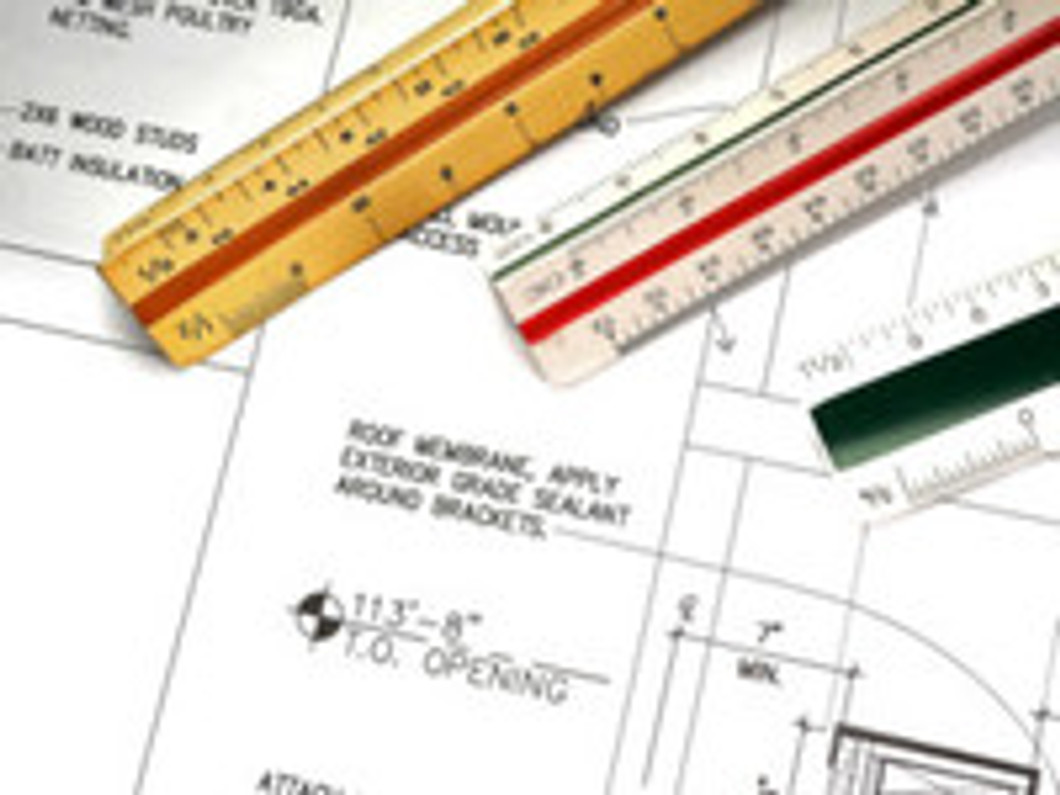Toolbox Talks: Protection Against Falling Objects
According to the Occupational Safety and Health Administration (OSHA), falling objects at a job site can cause a wide variety of injuries, including cuts, bruises, concussions, blindness and even death in severe cases. Each year, thousands of workers receive hospital care as a result of being struck by a falling object. The severity of the injury is dependent upon the worker's safety equipment, the weight of the object, and the distance of which it fell.
Hard Hats
Arguably, one of the most important pieces of personal protective equipment (PPE) in the construction industry is a hard hat. OSHA states that hard hats must possess a hard outer shell as well as a shock-absorbing lining. Employees working in areas where there objects and/or tools are placed above them should wear a hard hat to help reduce the risk of injuries caused by falling objects.
Different Types of Hard Hats:
- Class A: Offers impact and penetration resistance along with limited voltage protection (up to 2,200 volts).
- Class B: Offers impact and penetration protection with limited voltage protection (up to 20,000 volts).
- Class C: Offers impact protection but no protection against electrical hazards.
Hard hat requirements vary depending on the workplace. Sites where electrical cables and power lines are commonly used will require either Class A or Class B hard hats, whereas the light-weight Class C hard hat can suffice in typical settings without the presence of live electrical lines.
Stack Materials
Another tip the OSHA advises to help reduce the risk of injury caused by falling objects is to properly stack materials. For instance, rather than leaving lumber scraps chaotically piled up on a platform, perhaps workers can nearly stack them in a more orderly fashion. Maintaining a clean and tidy workplace will naturally lower the risk of falling objects.
Of course, you can go one step further by tying or strapping down excess materials to keep them in place. Whether they're stored on the ground or on an elevated platform, it's always a good idea to secure materials with straps or ties as a precautionary measure.
Use Toeboards
Toeboards are constructed vertically underneath open areas or gaps from which tools equipment could potentially fall. They are designed to create a safe walking/working path for employees, protecting them against falling objects. If a worker above happens to drop a tool, it will land on top of the toeboard rather than the ground level.
Recent Posts
-
Fire Safety in the Workplace: What You Need to Know
What steps are you taking to prevent fires in your workplace? According to the U.S. Occupational Saf …Aug 23rd 2023 -
Is It Safe to Go Jogging With a Cold Infection?
If you're suffering from a cold infection, you might be wondering whether it's safe to go jogging. T …Aug 22nd 2023 -
5 Safety Tips to Follow When Using a Powder-Actuated Tool
Powder-actuated tools are commonly used to join materials to steel and concrete. Also known as Hilti …Aug 20th 2023




